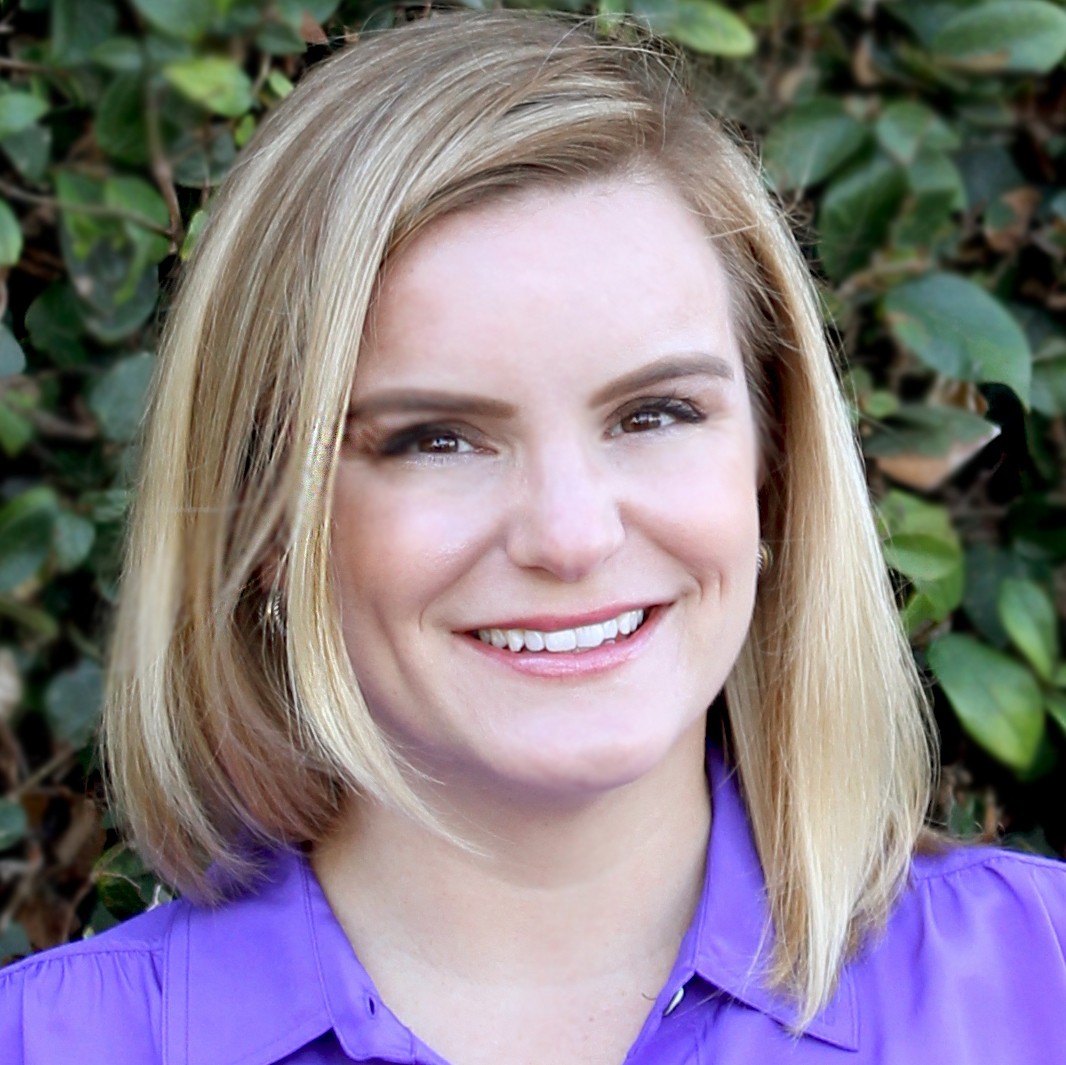5 Types of Mobile Health Apps Providers Need
These days, there’s an app for everything, including your health. Mobile health (mHealth) has transformed the medical field for the better from every perspective: patient, physician, office staff, and executives alike.
mHealth apps keep the channels of communication open 24/7 between patients and provider. They can allow a provider to diagnose, prescribe, and monitor, sometimes without even seeing the patient in person. These apps allow healthcare consumers to take a more active and knowledgeable role in their own care. Plus, they can save time and money across the board without compromising privacy or safety.
Let’s take a deeper look at mHealth apps.
An Overview of mHealth Apps
Experts forecast that mHealth will be a $102.4 billion business by 2022. Plenty of mHealth apps are on the market already, and more are created each day. Most fall into one (or more) of the following five categories:
Clinical and diagnostic apps
These apps allow practitioners to gather, evaluate, and share data about their patients. They may include the ability to access electronic health records (EHRs) on the go, view lab results, or perform digital imaging. Built-in symptom checkers help providers and patients diagnose illnesses and injuries quickly. Such apps even allow for hassle-free patient scheduling.
Remote monitoring apps
Not every condition needs to be managed in a clinical setting. Remote monitoring apps allow patients to remain at home while still under the (virtual) care of their physician. Practitioners can keep track of their patient’s heart rate, oxygen level, blood glucose readings, blood pressure, and other pertinent healthcare information without the need for office visits.
Remote monitoring also applies to mobile health providers. mHealth apps may include electronic visit verification (EVV) that logs who provided which services to whom, plus when and where it was delivered. This type of compliance information will be required of many providers in the coming years.
Clinical reference apps
With mHealth apps, there’s no need to lug around heavy reference guides—all the information needed is at the provider’s fingertips. Clinical reference apps offer digital access to the ICD-9 and ICD-10, E&M coding, and other specialized reference materials.
Productivity apps
Productivity and efficiency go hand in hand with mobile health, and there are a bevy of apps designed to increase efficiency for providers. They include apps designed for home healthcare scheduling, mobile charting, remote dictation, and internal business communication. The best productivity apps will offer all these functions while maintaining HIPAA compliance.
Healthy living apps
Designed with patient engagement in mind, healthy living apps track health metrics such as diet, exercise, heart rate, and sleep. Pregnant women can even use apps about fetal development. Patients with diabetes or heart disease may benefit apps that offer a diet plan tailored to their specific circumstances.
The Value of mHealth Apps
mHealth apps provide significant value to everyone from the patient and family level to the healthcare c-suite. They simplify otherwise complicated processes, provide step-by-step guidance and diagnostic advice, and make it easy to track and monitor a patient’s health from anywhere.
Consider the benefits:
- Clinical and diagnostic apps allow for faster diagnosis.
- Remote monitoring apps preserve manpower, time, and cost, reserving in-person visits for when patients truly need them.
- Clinical reference apps provide instant, up-to-date information on the go.
- Productivity apps save time and money, reduce overhead, and make scheduling easier.
Healthy living apps give patients the autonomy to proactively manage their own conditions in the best way possible, which may help reduce hospital readmission rates.
Qualities of Successful mHealth Apps
Although the value and benefits of mHealth apps can’t be denied, the fact remains that not all apps are created equal. As of 2017, there were a staggering 325,000 mobile health apps available—some of them much better than others.
With an influx of new apps appearing almost daily, what makes one worth using and renders another effectively useless?
- Adaptability: How well does the app adapt to individual preferences and needs? A one-size-fits-all approach rarely works well in general, and in the medical field shifting toward personalization, it works even less.
- Interoperability: As we make the move toward mobile maturity, it’s crucial that mHealth apps work seamlessly across multiple devices and alongside multiple systems. There is little point in implementing an app that only a portion of the workforce can use due to different technological capabilities. For example, an app that is compatible with your scheduling system but not the EHR system isn’t that useful.
- Offline capabilities: In the mobile healthcare field, providers aren’t always within range of a cell tower. In rural areas, service can be spotty at best. A good mHealth app should be able to save and store information, regardless of data connectivity.
- Ease of use: Patient portals can be immensely beneficial. However, the patients who need them most (primarily the elderly) are often stymied by technology. Your chosen apps must be easy for seniors and “technologically challenged” patients to use.
Implementation: Any new software comes with its own set of challenges, but implementation shouldn’t erase all the benefits of mHealth apps. How long will it take you to get the app up and running, and how easily can you train your staff to use it?
The Bottom Line of mHealth Apps
Yesterday’s patients are today’s healthcare consumers, and they demand to be treated as such. They want excellent care at a decent price and the ability to manage their own treatment whenever possible. mHealth apps help them do just that, while allowing mobile healthcare practitioners to deliver on their service promises and provide the best all-around value for everyone involved.
If you’re looking for an mHealth solution that enables a seamless experience for both patients and providers, check out Skedulo’s healthcare scheduling platform


